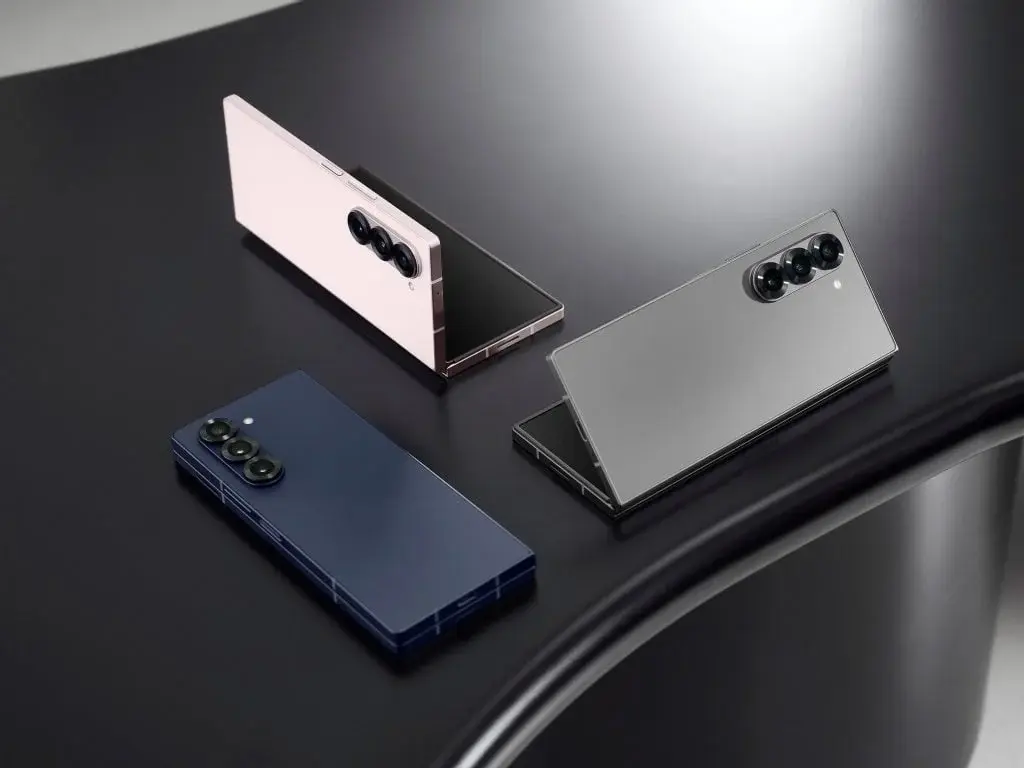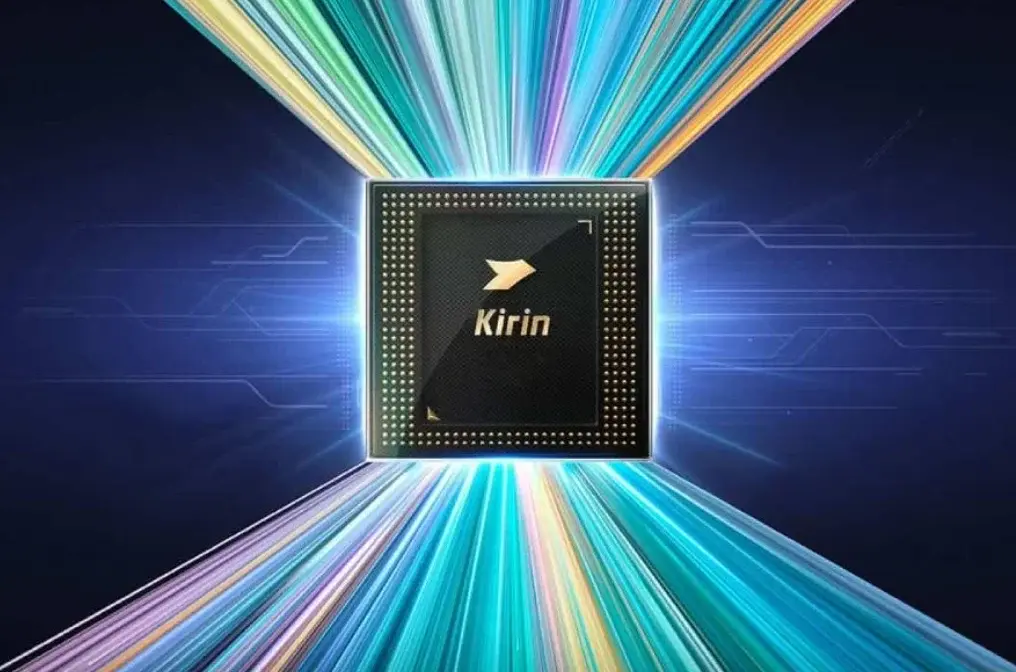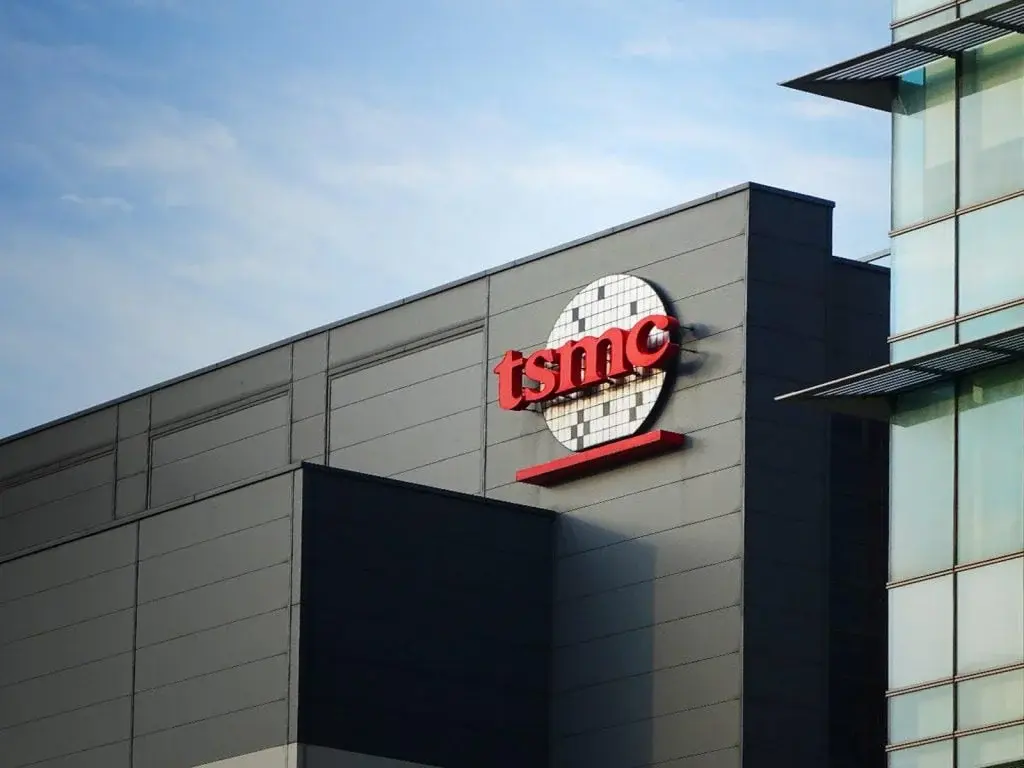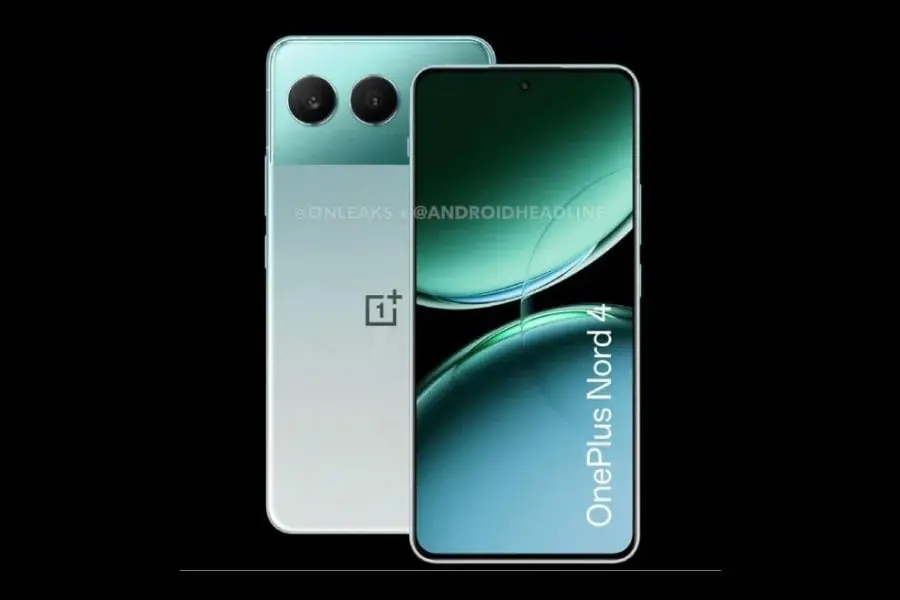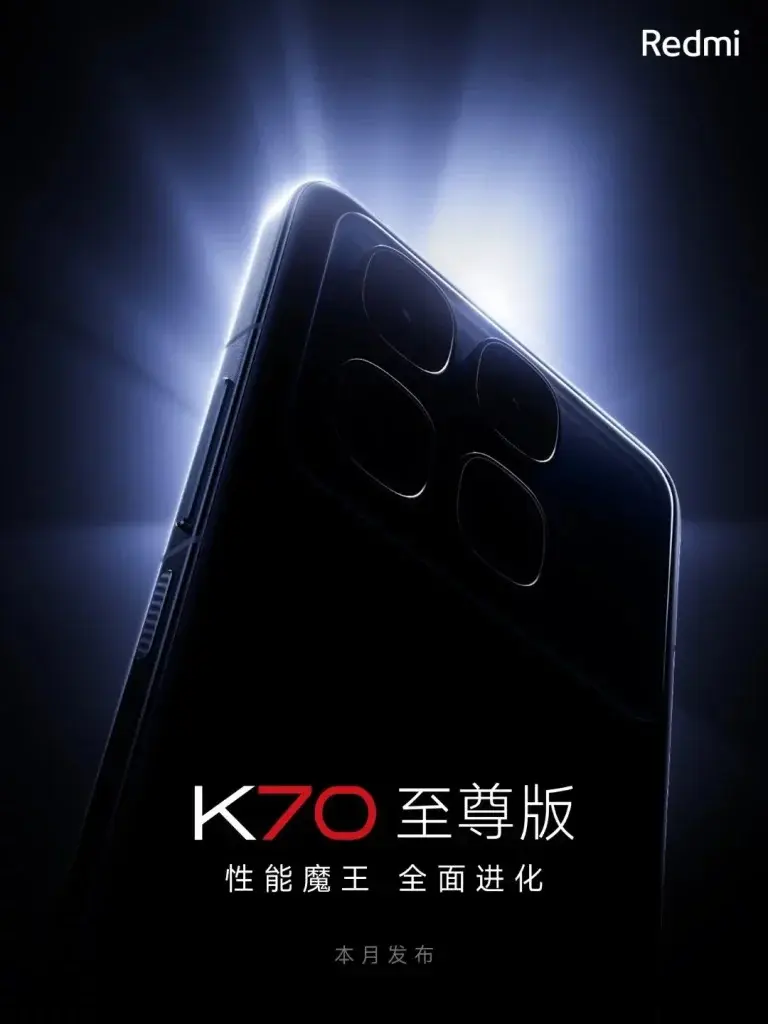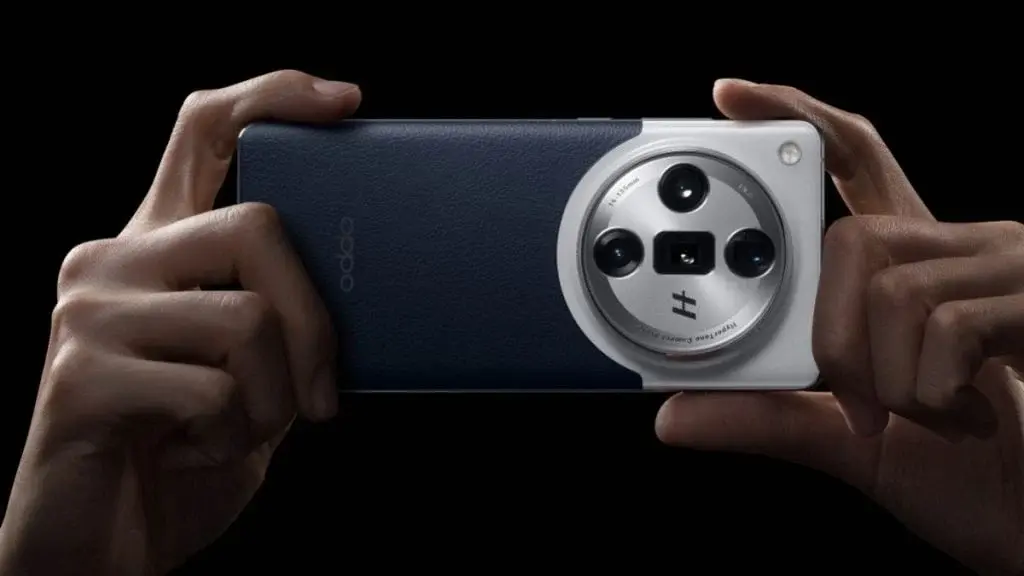Samsung hosted its second Galaxy Unpacked event of the year today, where it introduced several new products, including the sixth-generation Galaxy Z foldables, Watch Series 7, and the highly anticipated Galaxy Ring. The Galaxy Z Fold 6, a successor to last year’s Z Fold 5, brings minor upgrades and a slightly refined design. Here’s a look at what the new foldable device offers.
Samsung Galaxy Z Fold 6 Specs
The Samsung Galaxy Z Fold 6 sports a more rectangular design and features a pill-shaped camera module on the back. When folded, its dimensions are 153.5mm x 68.1mm x 12.1mm, and when unfolded, it measures 153.5mm x 132.6mm x 5.6mm. The device is lighter than its predecessor at 239 grams compared to 253 grams. It boasts an IP68 rating, making it resistant to dust and water. Samsung claims the latest Z-series phone is the most durable yet, thanks to improved Armor Aluminium and Gorilla Glass Victus 2.
Regarding the display, the Galaxy Z Fold 6 has a 7.6-inch internal screen and a 6.3-inch external screen, both Dynamic AMOLED 2X panels with a 120Hz refresh rate. The internal screen has a resolution of 2160 x 1856 pixels, while the external screen offers 2376 x 968 pixels. The front of the device features a slightly taller aspect ratio with thin bezels.
Camera and Performance
The Galaxy Z Fold 6’s rear camera setup includes a 50MP f/1.8 main sensor with OIS, a 12MP ultra-wide-angle lens, and a 10MP telephoto lens with 3x zoom. The external screen houses a 10MP selfie camera, while the internal display has an integrated 4MP sensor. The device can record up to 8K videos and comes with features like Photo Assist, Portrait Studio, and Insta Slow-mo.
Under the hood, the Galaxy Z Fold 6 is powered by a Snapdragon 8 Gen 3 processor clocked at 3.39GHz, paired with up to 12GB of RAM and up to 512GB of storage. The graphics are enhanced by Ray Tracing technology. The device is powered by a 4,400mAh battery that supports 25W charging and features an improved cooling system for better heat management. It runs on Android 14 and includes various Galaxy AI features like Note Assist, Sketch to Image, and a fully integrated Gemini app. The Z Fold 6, like the S24 series, will receive 7 years of OS updates and security patches.
Connectivity options include a USB 3.2 Gen 1 Type-C port, WiFi-6E, Bluetooth 5.3, NFC, UWB, and more.
Samsung Galaxy Z Fold 6 Pricing
Pre-orders for the Samsung Galaxy Z Fold 6 begin today, with sales starting on July 24. The device is available in Silver Shadow, Pink, and Navy colors. It is priced at $1,899 for the 12GB + 256GB model, $2,019 for the 12GB + 512GB model, and $2,259 for the 12GB + 1TB model.


